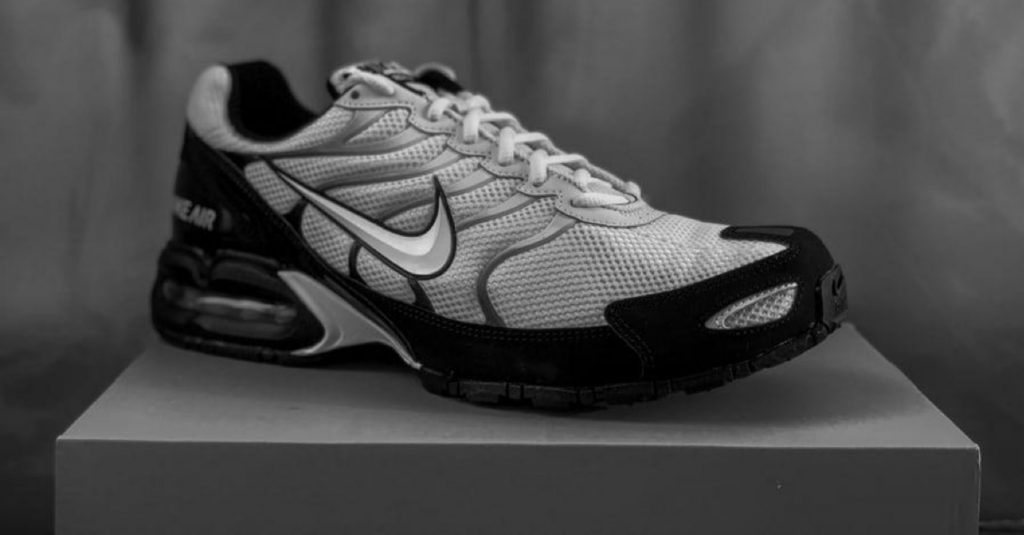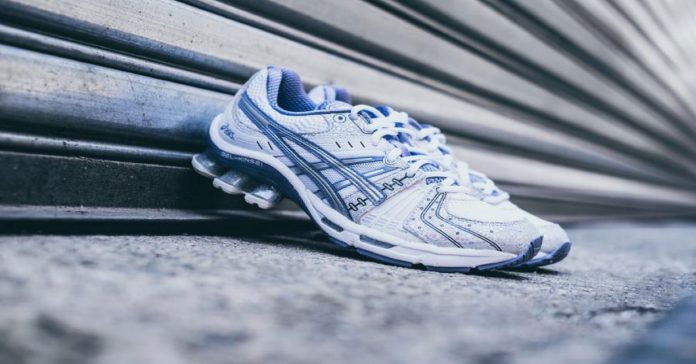Running is one of the most popular fitness activities in the world, with an estimated 60 million active runners in the United States alone. It’s so easy to grab a pair of shoes, pop your headphones in, and head out the front door, seeing where your legs will take you. While running, it’s easy to challenge yourself whilst also enjoying the great outdoors, whether you’re in a city or rural location.
One of the most important parts of a runner’s arsenal is their running shoes. It’s important to have a running shoe that is comfortable, supportive, and doesn’t cause you any discomfort or damage during your runs. After all, they could be with you for the next 500 miles! So, how do you pick the right running shoes with so many choices out there?
Heel Cushioning
Running is a high-impact sport. Even a gentle jog puts a lot of load through your heel and foot as you shift your entire body weight from one leg to the other, over and over again. For this reason, shoe manufacturers have developed shoes with awesome heel cushioning, with shoes like the Brooks Ghost 14 coming out with great support for the heel. The team over at Runner’s Lab have done an analysis on the shoe, see their review to learn more. The heel cushioning on the Brooks is 31mm, quite high, but – like with many manufacturers – it is made of a padded bouncy material to spread the load and give responsiveness to your shoe.
The heel cushioning is vitally important, as without any at all – i.e., running in totally flat soles – you’ll feel all the shock from every impact directly through your foot and ankle. This can lead to tendonitis, knee pains, or ankle issues, not to mention the heel itself becoming quite sore. Look for a shoe like the Brooks with well-made heel cushioning as a good starting place.
Support Is Important
Other parts of the shoe need to provide support too. For example, some runners suffer from ankle pain, often due to instability within the ankle joint whilst running. Suppose this sounds like you; consider running shoes with higher ankle-side support. Keeping these shoes nice and tight will help prevent wobbly ankle joints, reducing pain and increasing stability.
Further down, the sole is a part of the shoe referred to as the saddle. This is the part that sits under your foot’s natural arch, helping to support the middle of your foot. Everyone’s foot shape is a little different and needs a different level of support, so it may be best to speak with an expert in a store or try various pairs on.

Comfortable Shape
The upper part of the shoe – everything above the sole – needs to be comfortable too. You’re going to lace these shoes up quite tight, so you need to find a shoe that fits the natural shape of your upper foot. If it doesn’t fit right, you’ll find that it rubs on your skin, even though your socks, causing blisters and strong discomfort. Soft shoes – some of which are now made with sustainable materials for an added bonus – will stop any rubbing and make you feel extra snug and comfortable on each run.
Understand Gait
Your gait is the way you move on your feet whilst running. Effectively, it measures where the contact points are when you run and how much your foot rotates through the motion of pushing you away from the concrete. Everyone runs a little differently, and your gait can massively affect the best shoes to wear for running.
For example, if you land quite heavily on your inner heel, creating a large inward rotation, you may find that you suffer from ankle instability. This could mean you require a little more ankle and saddle support than someone with a flatter gait.
Try Before You Buy
Finally, you must try on every single pair of shoes you can before you buy them. You will know if they feel comfortable or not. Some stores even have treadmills where you can briefly test how the shoes feel in a gentle jog. Any discomfort at all is a red flag. Don’t just go for the brands you think are better; go for whatever makes your foot feel snug, secure, and supported when trying them on. Remember, any rubbing is going to seriously hurt on a 5-mile run!
These simple tips should help you choose what running shoes suit you best. There is no one-size-fits-all shoe brand or style. The only way you can truly tell is by trying shoes on, giving them a test, and understanding a little about the shape of your foot. Then you can hit that pavement and get running!


